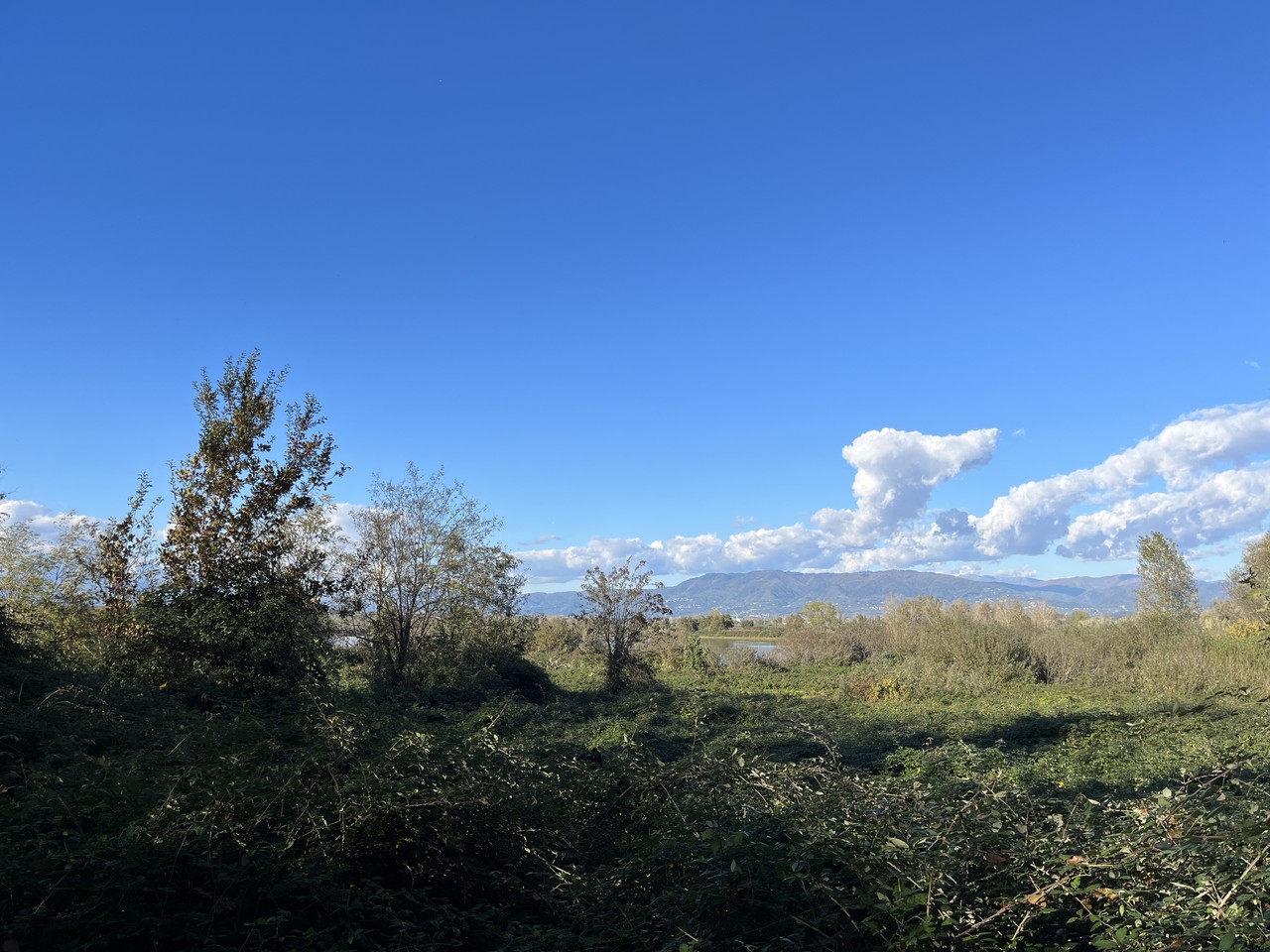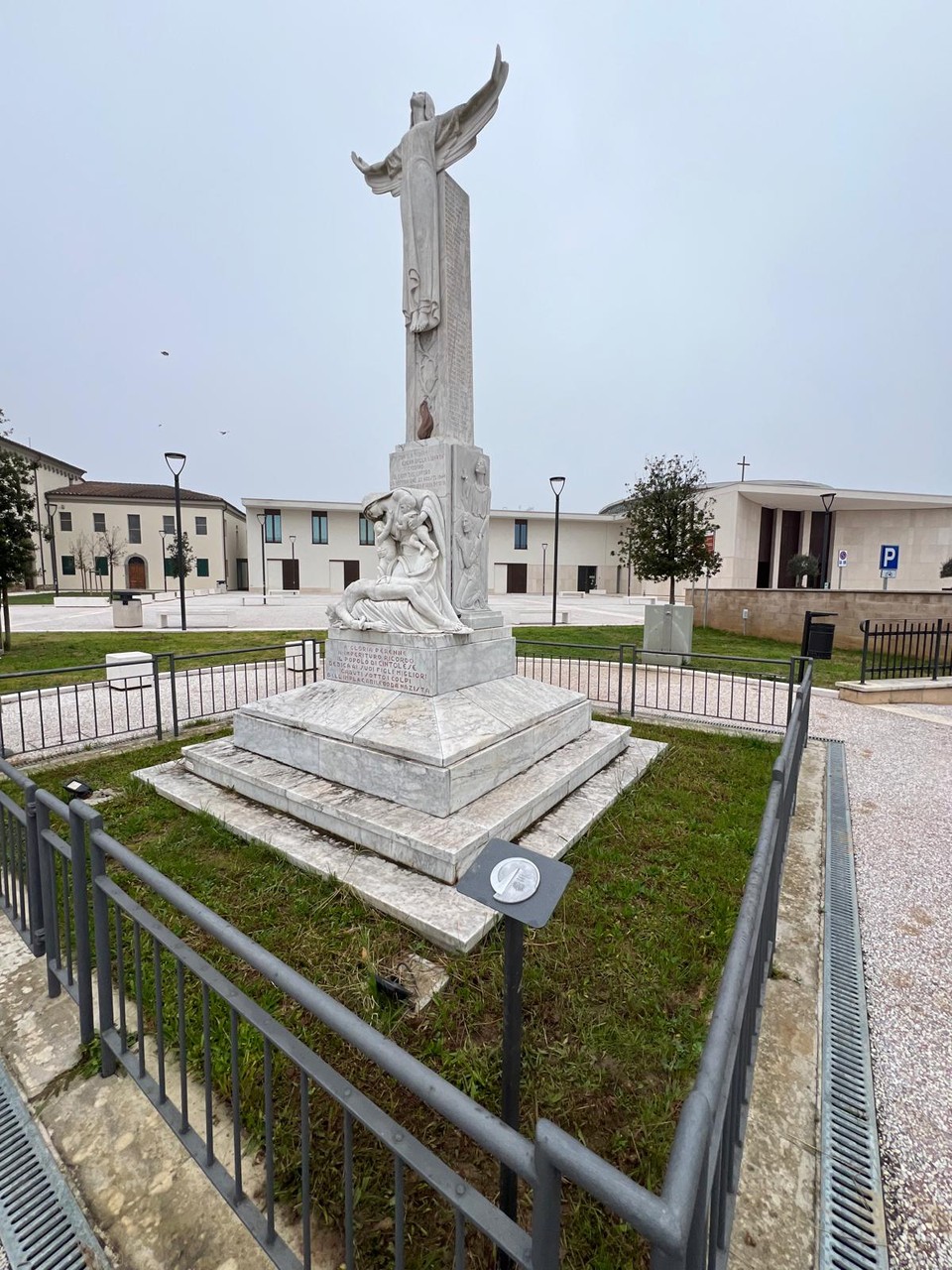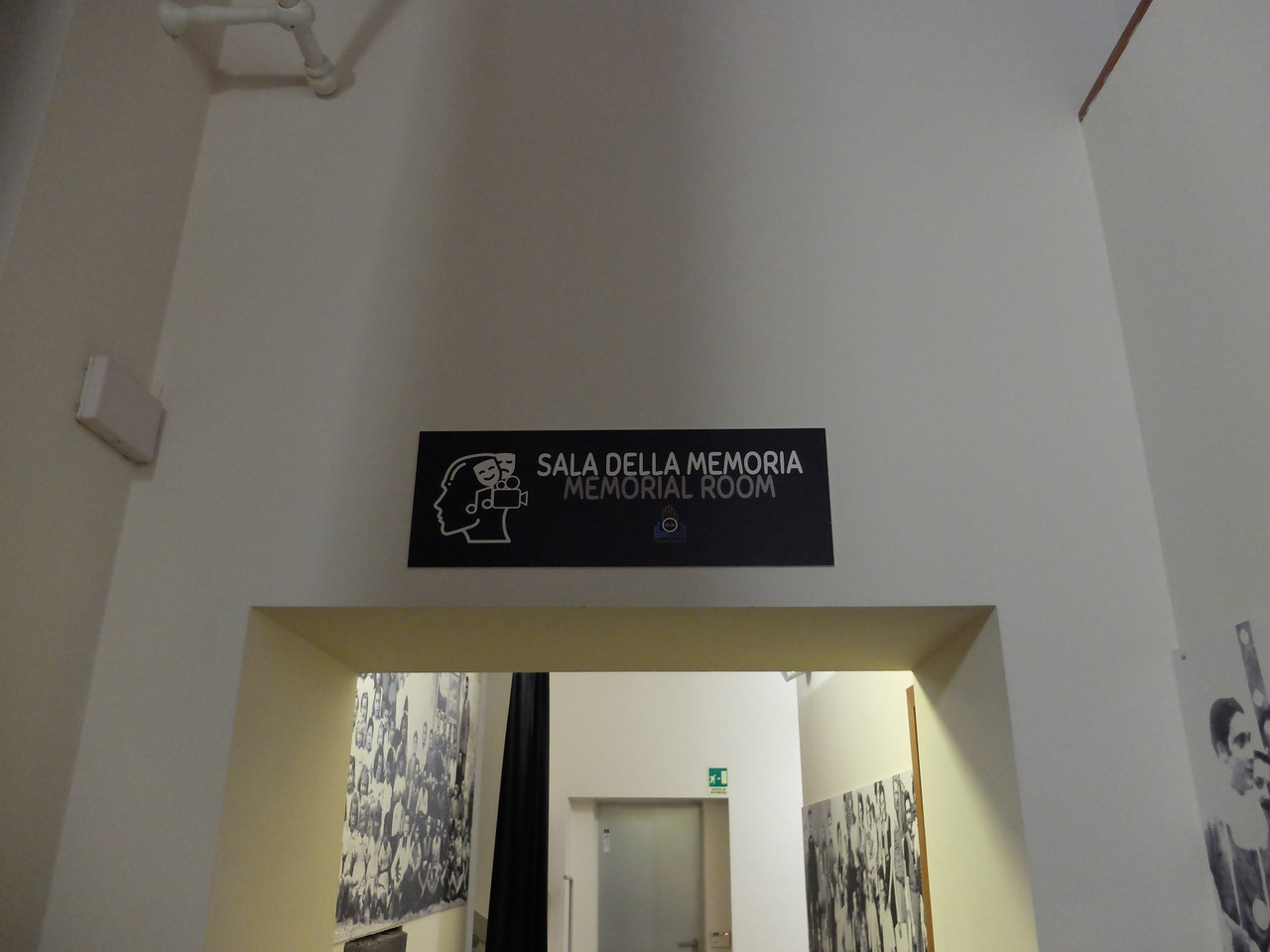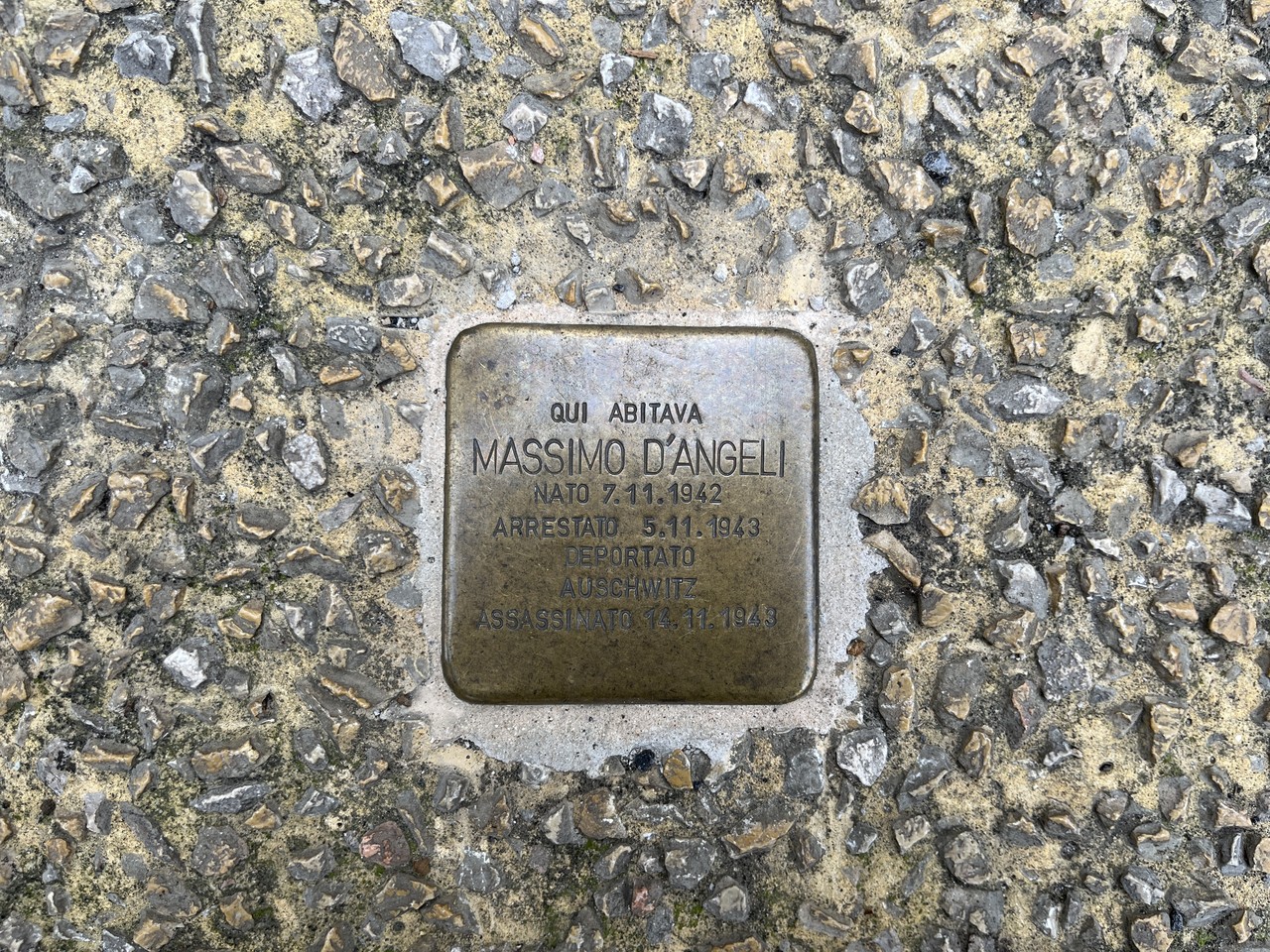From Capannori to Monsummano between internment, deportation, Nazi-fascist massacres and the Resistance movement
Italy
Bookmark
Share
The historical route retraces the main places of memory located between Capannori and Monsummano. The trail includes places of internment, tombs, monuments, memorial stones, plaques, paths, stumbling stone and museums, reaching the area of the Padule di Fucecchio massacre.
The German occupation of Italy and the establishment of the Italian Social Republic caused massive changes in the lives of the civilian population and all those categories already being persecuted by the Fascist Regime. Scoundrels, young people, displaced persons and early anti-fascists formed the first partisan formations in the Lucca and Valdinievole areas. Economic production was transformed and partly halted by the war. Severe bombing and shelling affected the area until the Liberation.
The route starts from the area where the concentration camp of Colle di Compito, in Capannori, was located, established in July 1942 to intern Allied soldiers captured on the various war fronts. It is then possible to visit memorial stones, plaques and monuments in memory of various war victims (bombings, Nazi and fascist massacres, partisans) and to reach the tomb of the partisan and writer Carlo Cassola, author of 'La ragazza di Bube' and 'Fausto e Anna'. Afterwards, we head to the Svizzera Pesciatina, deeply affected by the Nazi massacres and close to the Gothic Line, characterised by a unique landscape in terms of colour and liveliness, rich in castles, villages, art and nature. The itinerary then winds its way to Ponte Buggianese along the paths of memory of the Massacre of the Padule di Fucecchio (Fucecchio Marshes), to Massa and Cozzile for a memorial stone in memory of three partisans who died after an attack on a Nazi convoy, and to Montecatini Terme where five stumbling stones were placed in 2022 in memory of a Jewish family arrested and deported. The last stop along the route is Monsummano Terme, where Albert Kesselring, commander of the Waffen SS and the Wehrmacht in Italy, stayed between June and July 1944. Monsummano was one of the places most affected during the Massacre of the Padule di Fucecchio (Fucecchio Marshes), when on 23 August 1944 German army troops claimed 174 victims, including women, the elderly and children. A number of memorial stones, plaques and monuments have been placed in the area. A section of the Town and Territory Museum is dedicated to the massacre.






